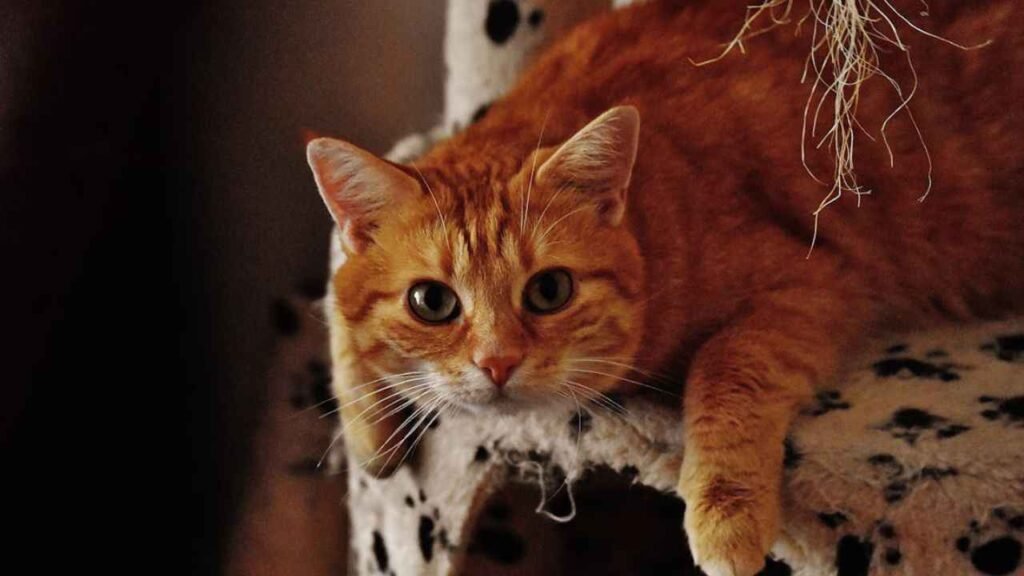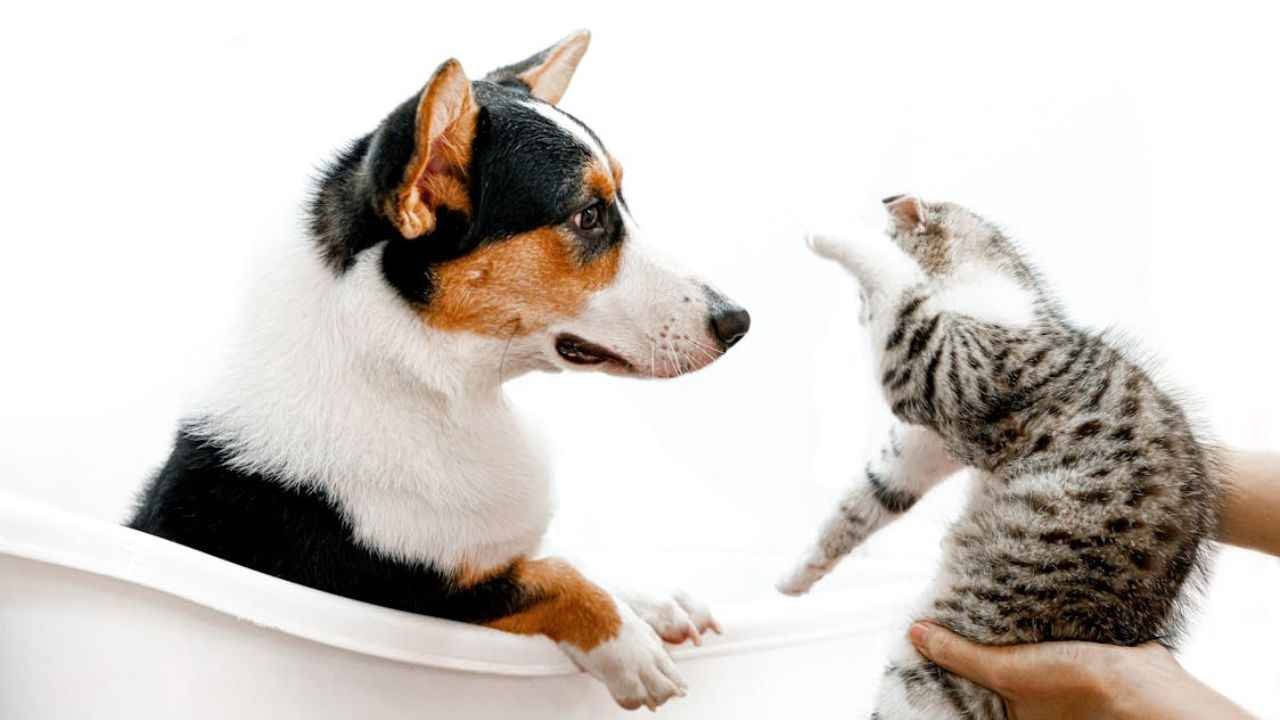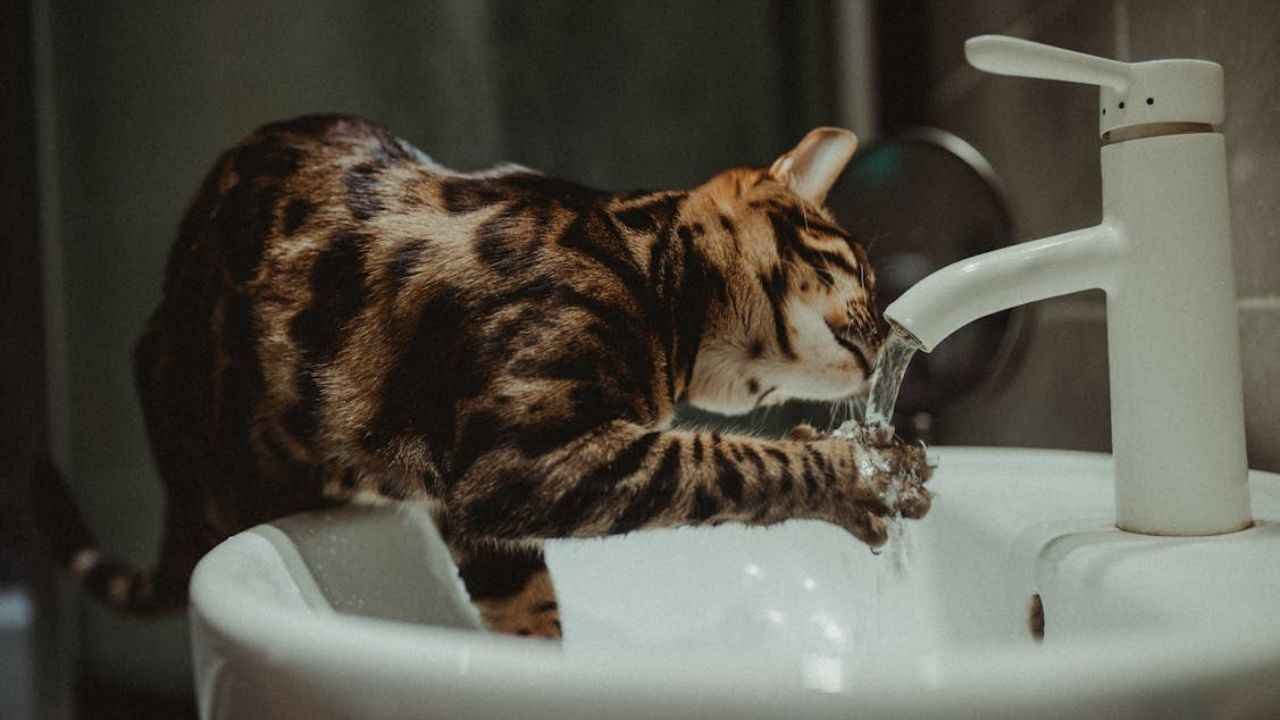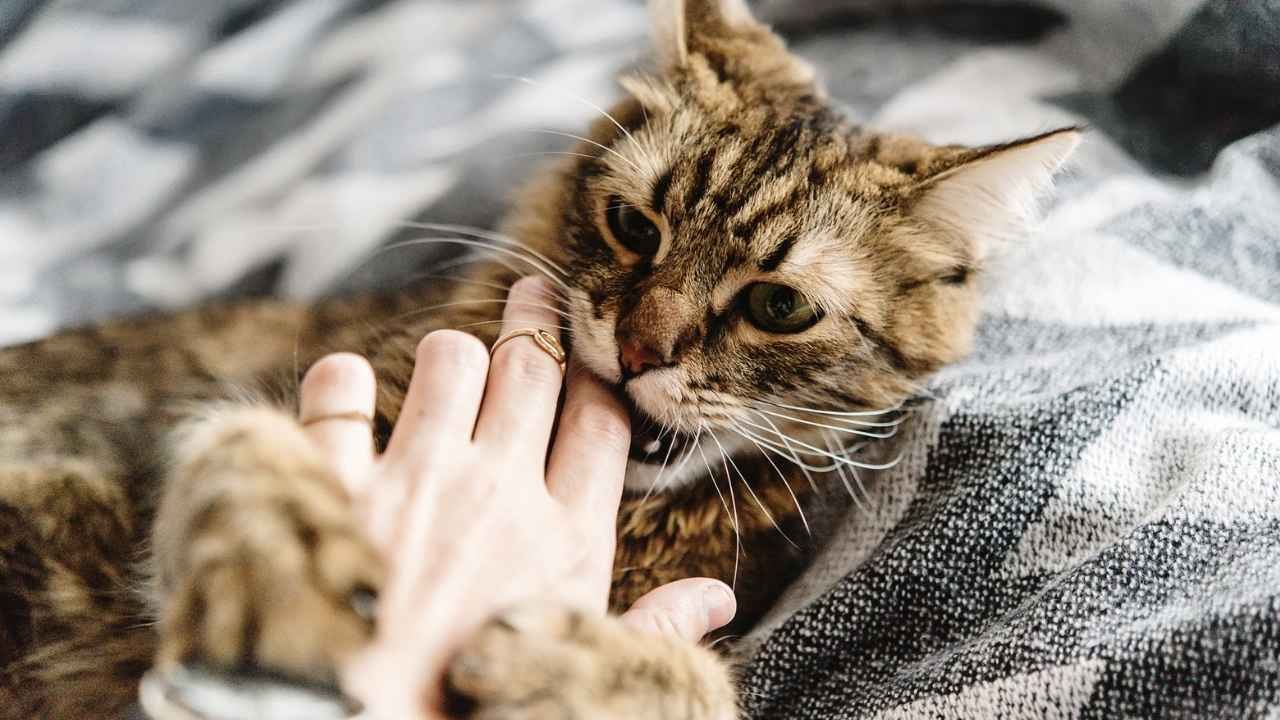Cats, known for their enigmatic nature and independent spirit, often display peculiar behaviors that can leave their owners perplexed. One such behavior is the tendency for cats to follow their humans around the house, seemingly shadowing their every move. While this behavior may evoke amusement or a sense of endearment, it raises the question: why do cats follow their owners everywhere?
This comprehensive blog post aims to delve into the fascinating psychology behind feline behavior, exploring the potential reasons why cats exhibit this peculiar following behavior. By uncovering the underlying motivations and examining various factors that influence this phenomenon, we can gain a deeper understanding of our furry companions and strengthen the bond we share with them.
Reasons Why Cats Follow Their Owners:
1. Affection and Attachment:
Cats are often misunderstood as aloof and distant creatures, but they are capable of forming deep bonds with their human guardians. Following their owners around the house is a way for cats to express their affection and desire for companionship. By staying close to their beloved humans, cats seek comfort, security, and a sense of belonging.
2. Curiosity and Exploration:
Cats are naturally inquisitive creatures with an innate desire to explore their surroundings. Following their owners provides cats with an opportunity to satisfy their curiosity about what their humans are up to. Additionally, by observing their owners’ interactions with the environment, cats can learn about potential dangers and safe places.
3. Instinctive Behavior:
Feral cats, or cats that live in the wild, exhibit pack-hunting behavior. This instinctual behavior manifests in domesticated cats as a tendency to follow and observe their “pack” members, which in this case are their human guardians. By staying close to their humans, cats feel safe and protected.
4. Hunger and Thirst:
Cats may follow their owners around the house in anticipation of being fed or provided with water. If a cat’s owner has a consistent routine of feeding or filling water bowls in specific locations, the cat may associate their owner’s presence with the availability of food or water.
5. Playfulness and Attention-Seeking:
Some cats follow their owners with the intention of initiating play or seeking attention. By following their humans around, cats may attempt to engage them in interactive play sessions or elicit petting and cuddling.
6. Medical Conditions:
In rare cases, excessive following behavior in cats may be indicative of underlying medical conditions. Cognitive dysfunction syndrome, which is common in senior cats, can cause changes in behavior, including increased dependency and following behavior. Additionally, certain medical conditions, such as hyperthyroidism, can lead to increased hunger and thirst, which can drive cats to follow their owners in search of food or water.
Factors Influencing Following Behavior:
1. Age:
Kittens and senior cats tend to exhibit increased following behavior compared to adult cats. Kittens are naturally more dependent on their mothers and siblings, while senior cats may experience cognitive decline that leads to increased need for companionship.
2. Breed:
Certain cat breeds, such as Siamese and Ragdolls, are known for their highly affectionate and social nature. These breeds tend to form strong bonds with their owners and may exhibit more pronounced following behavior.
3. Personality:
Each cat has a unique personality that influences its behavior. Some cats are naturally more independent, while others are more social and affectionate. Cats with more affectionate and clingy personalities may be more likely to follow their owners around.
4. Environment:
The home environment can also impact a cat’s following behavior. Cats that live in smaller spaces or with limited enrichment may become more dependent on their owners for companionship and stimulation.

How to Respond to Following Behavior:
1. Positive Reinforcement:
If you appreciate your cat’s following behavior, you can reinforce it with positive reinforcement. Offer treats, praise, or petting when your cat follows you around. This will help your cat associate following you with positive experiences.
2. Provide Enrichment:
Cats need mental and physical stimulation to stay happy and healthy. Providing your cat with interactive toys, scratching posts, and a stimulating environment can help reduce following behavior by giving your cat other outlets for their energy and curiosity.
3. Establish Boundaries:
While it can be endearing to have your cat follow you around, it’s important to establish boundaries. If your cat’s following behavior becomes excessive or interferes with your daily activities, gently discourage it by redirecting your cat’s attention to a toy or other activity.
4. Seek Professional Help:
If your cat’s following behavior is accompanied by other changes in behavior, such as lethargy, excessive hunger or thirst, or disorientation, consult with your veterinarian. These symptoms may indicate an underlying medical condition that requires treatment.
Conclusion:
The enigmatic behavior of cats often fascinates and perplexes their human companions. The tendency for cats to follow their owners everywhere can be attributed to a combination of factors
Frequently Asked Questions
1. Why does my cat follow me to the bathroom?
They may want to feel safe and secure in a confined space.
2. Why does my cat follow me around the house?
They may be seeking attention, food, or a comfortable spot.
3. Why does my cat follow me into the kitchen?
They may be hoping for a treat or expecting to be fed.
4. Why does my cat follow me when I’m sleeping?
They may feel comforted by your presence or want to keep an eye on you.
5. Why does my cat chase me when I run?
They may see it as a game or a playful challenge.
6. Why does my cat follow me to the car?
They may be curious about where you’re going or want to join you.
7. Why does my cat follow me when I’m eating?
They may be seeking attention or hoping to share your food.
8. Why does my cat follow me when I’m showering?
They may be drawn to the sound of running water or want to be near you.
9. Why does my cat follow me outside?
They may want to explore with you or seek shelter from the elements.
10. Why does my cat follow me when I’m working?
They may be seeking attention, wanting to be near you, or feeling bored.




